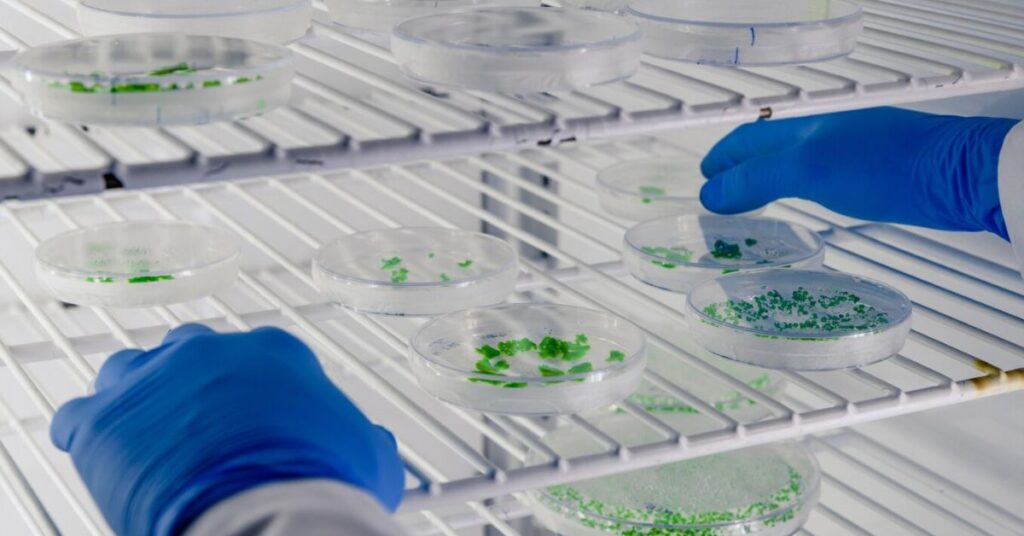The rising popularity of biological safety cabinets (BSCs) draws everyone’s attention, with curiosity about their application, functioning, and much more. When you explore the choices, you come across different types of biosafety cabinets marked as class I, II, and III. Of them, the Class II variety is specifically talked about. Many class 2 options are engineered to meet strict CE standards that ensure these lab devices are safe for the personnel and the environment. Because they meet all the requirements for certification, BSCs have become an integral part of the global clinical and research landscape.
Do you want to learn more about biological safety cabinet class 2 before investing in it? Here are some practical details regarding this.
- The airflow dynamics of Class 2, Type A2 BSC
You can find Class 2 Type A2 biosafety cabinets with excellent airflow mechanisms, preventing dangerous aerosols from leaving the enclosures. The inflow air builds a protective barrier at the optimum speed to keep personnel safe from biohazards. You can find a clever system in these cabinets that divides the air. About 70% of the air is recycled through an efficient HEPA filter and sent back into the cabinet as laminar downflow, creating a smooth stream of clean air that provides security to the samples and the work environment. This type of airflow reduces cross-contamination threats and facilitates the manufacturing processes.
- The critical role of HEPA Filters in Class 2, Type A2 BSC
As hinted earlier, the HEPA filter helps purify 70% of the air in the enclosure. What about the remaining 30% of the contaminated air in the cabinets? These filters exhaust them while safeguarding the cabinets and the environment in the lab and outside. These filters are an indispensable feature of the BSCs’ airflow dynamics. The acronym HEPA can be expanded to mean High-Efficiency Particulate Air. HEPA filters capture 99.99% of tiny particles to keep the surrounding environment contaminant-free, whether you work with pathogens or prepare any sterile pharmaceutical solutions.
- The utility of a Type A2 BSC
Class II, Type A2 BSCs can be used in labs handling tissue culture and sensitive samples. The sterile environment will protect cultures from pollutants. The pharmacy sector needs these to produce compounded medications while protecting them from microbial contamination and environmental hazards. The cabinet’s ability to provide clean air helps formulate new drugs hassle-free. Otherwise, contamination can jeopardize the entire development process and the efficacy of the drugs. In clinical research settings, these cabinets ensure the research’s integrity and personnel’s safety. Researchers must protect their samples from external contaminants when handling infectious compounds or doing a sterile cell culture test. BSCs can ensure this for them.
In microbiology labs, these biosafety cabinets are used to study viruses, bacteria, and genetically altered organisms. Microbiologists need to protect not only their samples but themselves, too. Certified Class II, Type A2 biological safety cabinets can become a trusted tool for them in this process. They can efficiently minimize the risk of contamination or accidental exposure.
Modern Class II BSCs are created with advanced technologies to make them more functional and user-friendly. They come with energy-saving features, extended HEPA filter lifespan, and more. Hence, it can be worth considering them.







